Bay Area Impresario
The title of Impresario designates a rare individual – one who not only organizes performances and assumes the endless task of securing funding but one who also has the rare sensitivity required to nurture, reassure, and encourage performing artists.
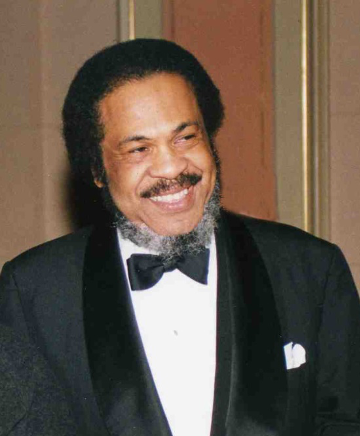
The Bay Area witnessed and benefited from the work of the late Dr. W. Hazaiah Williams, one of the first African American presenters of classical music in the United States. Beginning in 1958 he co-sponsored with “S. Hurok Presents” a recital given by Marian Anderson, African American contralto, in the San Francisco War Memorial Opera House.
In the beginning years of his work as an impresario, Dr. Williams sponsored performances of another pioneer American vocalist – Roland Hayes, tenor: in 1961 at the Oakland Auditorium Theater with Reginald Boardman accompanying, in 1963 both at the Geary Theater and Sacramento City College, and in 1965 at the Veterans’ Memorial Auditorium in San Francisco. Mr. Hayes’ programs of Leider, the Life of Christ Cycle, and African American Spirituals were lauded by Bay Area critics such as Alexander Fried, Alfred Frankenstein, and Arthur Bloomfield. Dr. Williams continued to present concerts until his death in 1999.
Today’s Artists Concerts, and later Four Seasons Arts, founded and directed by Dr. Williams, presented an annual series in the Bay Area as well as concerts in New York and the Yachats Music Festival on the Oregon Coast.
The amazing Today’s Artists Concerts organization of the Rev. Hazaiah Williams has done it again. The small privately funded group is acting as a veritable National Endowment of the Arts in its service of Bay Area audiences.
Janos Gereben – The Post – July 29, 1981
Dr. Williams, long active in Civil Rights, professor at the Graduate Theological Union, and the founder of The Church for Today in Berkeley, saw the Arts as a binding force. In his belief, bringing a cross-section of people together to share an experience of beauty had the potential of creating social cohesion across racial, ethnic and cultural lines. He believed that concerts produced “instant” communication across human boundaries.
Dr. Williams clearly understood the history of racism in the Arts and saw the careers of countless musicians of color flounder because of overt racism in this country and in Europe – artists not hired, instructed to use white powder makeup before going on stage, roles with white leading ladies denied.
In 1939, when Marian Anderson’s performance at Constitution Hall was banned by the Daughters of the American Revolution, First Lady Eleanor Roosevelt resigned her membership in the organization and made arrangements for the concert to be held at the Lincoln Memorial. 75,000 people gathered on Easter Sunday and Harold Ickes, the Secretary of the Interior, introduced Miss Anderson with the words:
“Genius draws no color line. In this great auditorium under the sky, all of us are free.”
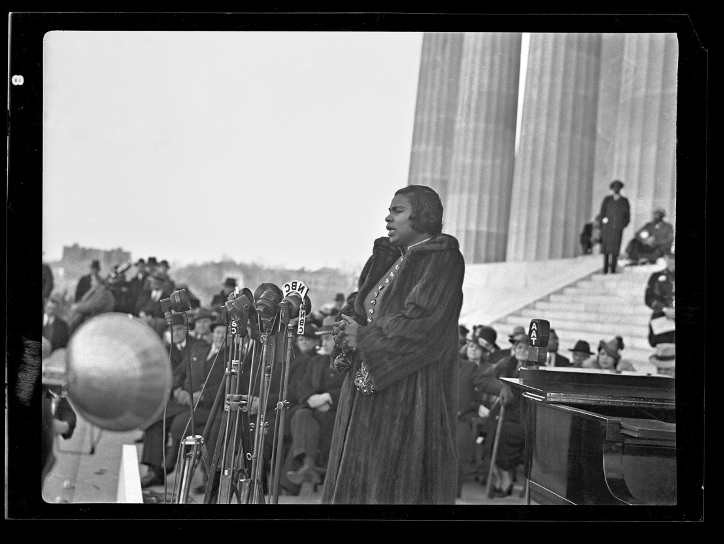
75,000 people gathered at the Lincoln Memorial in Washington, DC
In the 1950’s from his home on Dwight Way in Berkeley, Dr. Williams watched the white ladies with their white gloves board the Key System train that took them to matinee events in San Francisco. He envisioned performance settings that would include all races both in the audience and on the stage. Actualizing this vision became his life’s work.
A San Francisco Examiner article in 1963 described Dr. Williams as the “First Negro to step forward as a major concert impresario.” He created an artists’ roster that displayed a racial and ethnic diversity not seen on classical music stages. In addition to concerts from 1958 to 1999 in the Bay Area, he gave many artists, especially African American artists, their debuts in Carnegie Hall and Alice Tully Hall in New York. Carnegie Hall debuts were arranged for artists of color such as Charles Holland, William Brown, Kenn Hicks, Benjamin Matthews, Yin Cheng Zong, and Veronica Tyler. Programming in New York continued for 22 years and included 29 events ranging from pianist Natalie Hinderas playing Rachmaninoff’s Concerto No. 2 with the American Symphony Orchestra, a 4-concert music festival celebrating the 100th year anniversary of Franz Liszt, to many performances featuring the Don Shirley Trio. Don Shirley lived in Carnegie Hall Towers and would take the elevator down to the theater to lead the trio in repertoire that inevitably brought the audience to its feet.
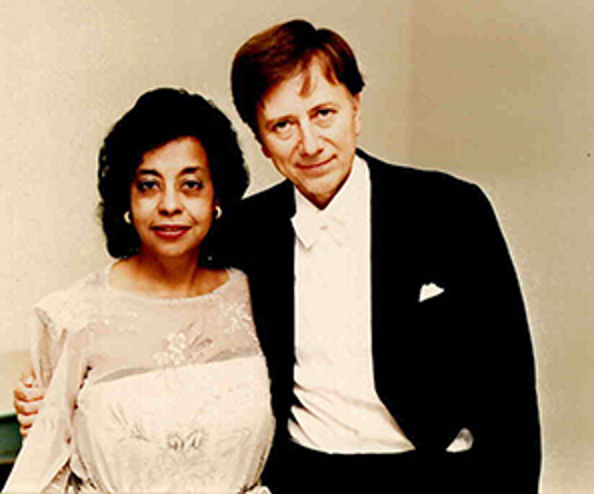
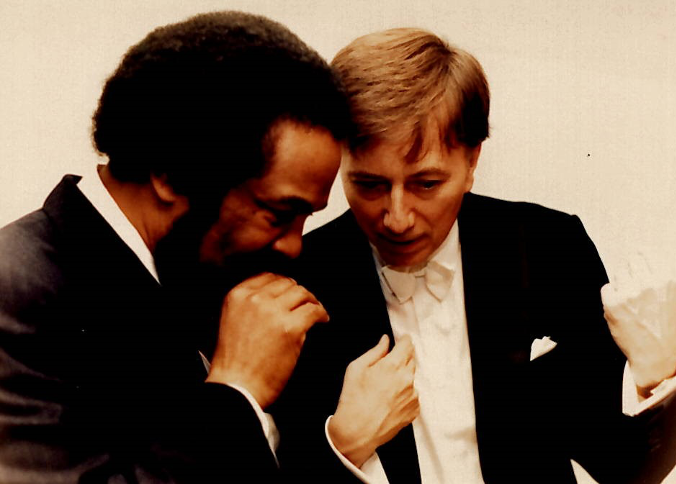
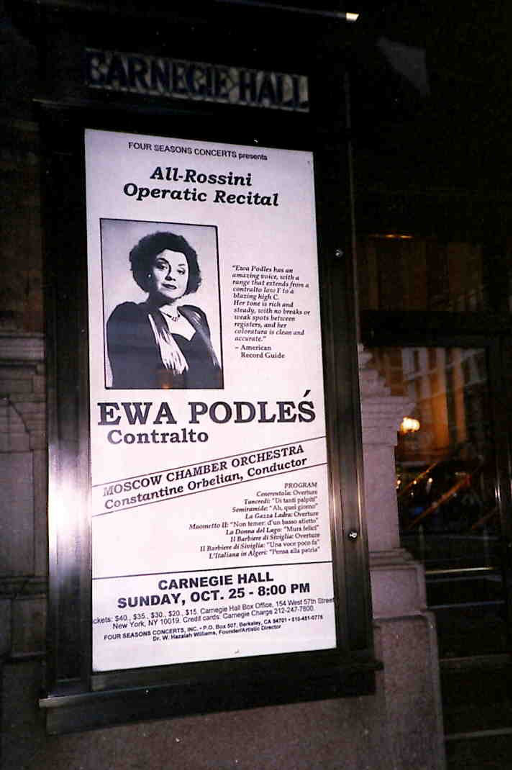
The genius of Dr. Williams’ programming included the “greats” from all over the world presented on equal footing with un-sung artists, either in the same concert series or in the same concert. The list of artists from other countries was extensive: pianists such as Jean-Philippe Collard (Today’s Artists presented his U.S. recital debut in 1978 and included him on the program for 9 years consecutively); Czech pianist Ivan Moravec (San Francisco debut in 1982); Hungarians Annie Fischer and Tamas Vasary; Lazar Berman and Tatiana Petrovna Nikolayeva from the Soviet Union; French Aldo Ciccolini and Cyprien Katsaris; French-Hungarian Georges Cziffra. In 1993, when Ms. Nikolayeva was presented in 2 concerts playing Shostakovich’s Preludes and Fugues at the Herbst Theater, she collapsed during the second concert and was hospitalized until her son could travel from Moscow to care for his mother. These concerts with Today’s Artists were her last.
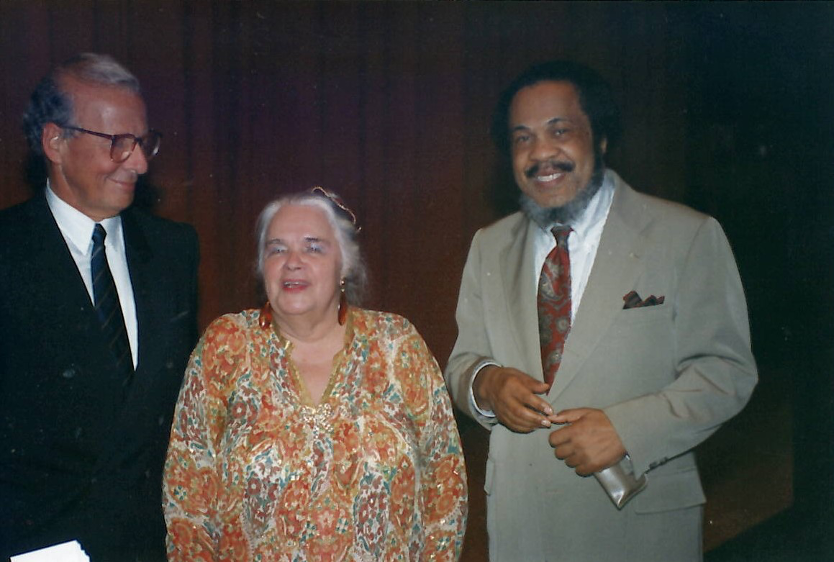
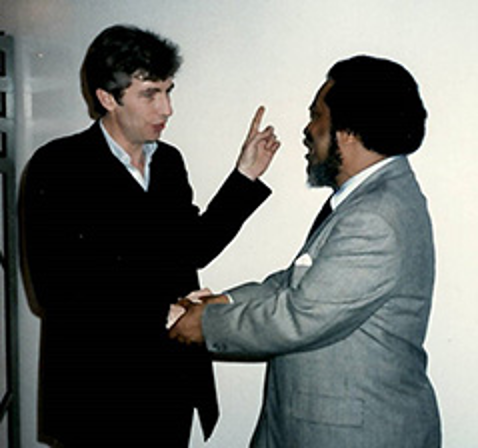
In 1982, Dr. Williams presented Ewa Podles, Polish coloratura contralto and her husband- accompanist Jerzy Marchwinski in their U.S. recital debut, their first of several concerts with Today’s Artists in San Francisco and New York. Teresa Berganza, Spanish soprano, Hakan Hagegard Swedish baritone, South African singer-songwriter Miriam Makeba appeared along with many other soloists, ensembles, dance groups, and orchestras. For a complete list, please refer to the Artists section of the Four Seasons Arts website.
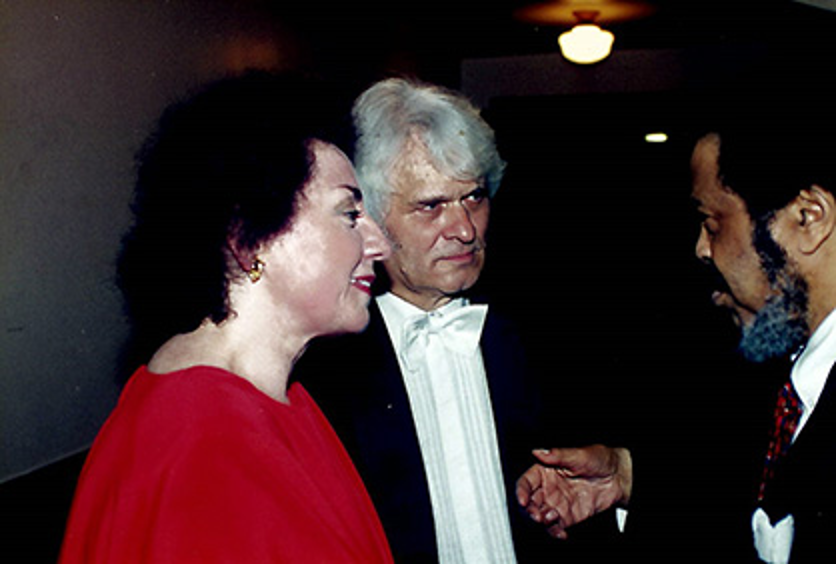
Blended with all the foreign artists were American artists ranging from pianists Leon Bates, Jeanne Stark, Grant Johannesen, Rosalyn Turek, Dennis Russell Davies, Joseph Kubera, Grant Johannesen, Dennis Helmrich, Jeongeum Yom, and hundreds more. Vocalists included Roland Hayes, Hilda Harris, William Warfield, Robert Sims, Rafael LeBron, Sherrill Milnes, Anthony Turner, Ilya Martinez, Thomas Buckner, Grace Bumbry, Alison Buchanan, Nina Simone, Elvira Green – to mention only a few.
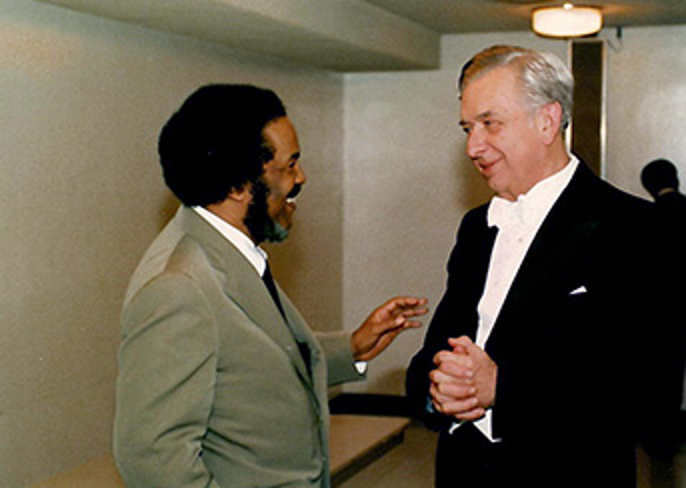
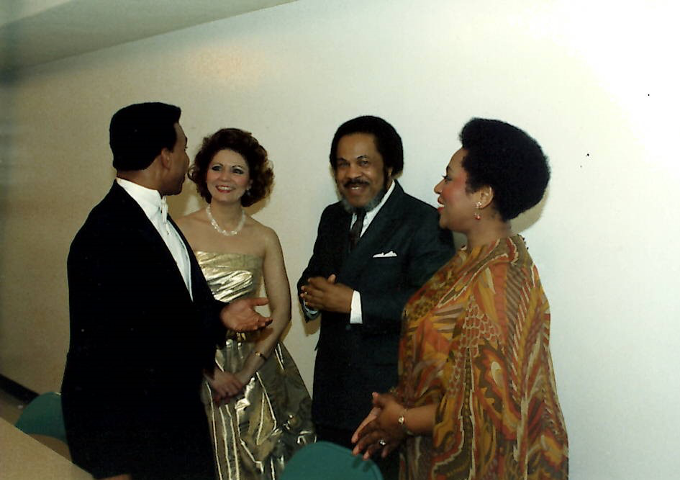
American instrumentalists and ensembles included Beaux Arts Trio, Pierre D’Archambeau, Eliot Fisk, Sabicas, Carlos Montoya, and Aaron Rosand. Local musicians included Laszlo Varga, David Tanenbaum, Autris Paige, Istvan Nadas, William Duncan Allen, Lorice Stevens, Kaaren Erickson and many others.
A special relationship was developed with the Berkeley Promenade/Berkeley Symphony with Today’s Artists programming the orchestra 16 times from 1979 to 1989. These performances were often conducted by Kent Nagano or by guest conductors such as Urs Schneider, Kermit Moore, or Tamas Vasary. A fundraiser concert to assist the BSO was presented on March 30, 1985 with Kent Nagano conducting.
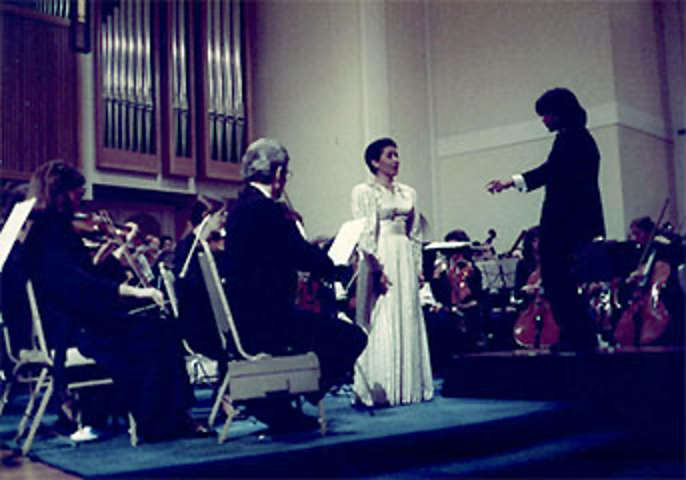
performing Mahler’s Kindertotenlieder on 10/4/85at First Congregational Church, Berkeley
In 1988 Dr. Williams stepped from the role of impresario to artist. He wrote a contemporary spoken version of “Seven Last Words of Christ” and narrated a performance of Haydn’s The Seven Last Words from the Cross, Op. 51 with the Swedish Fresk String Quartet. In a subsequent performance, these same words were read by Dr. Raye Richardson with Jeanne Stark playing the piano version of the work.
Creating community was always part of Dr. Williams’ design. In that spirit, he founded the Yachats Music Festival in 1981, providing an occasion for artists and participants to savor music in a natural setting. All of the 30 plus artists per festival stayed for the duration of the 4-day event giving opportunities for participants to join them in meals, seminars, concerts, and walks on the beach. The festival continued for 37 years and became a model of harmony among a group of diverse artists, traveling patrons, and residents of the quaint village on the Oregon Coast.
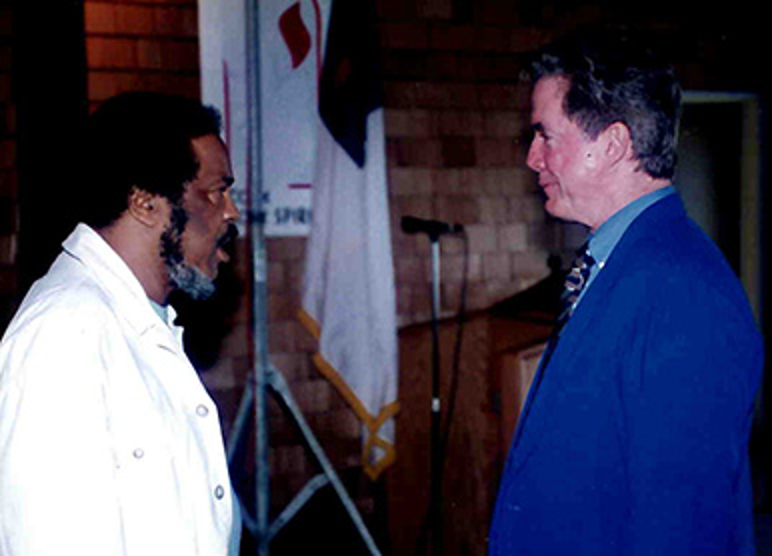
Dr. Williams’ nurture of performing artists was as extensive as his concert production. The reflections on Dr. Williams’ life and work from many artists illustrate this aspect of his role as an Impresario:
Dr. Williams brought me from afar and gave me the opportunity to meet wonderful people in your part of the world. He helped me give a wider sense to my life and understand that I really belong to the word’s family of human beings who do not speak of or consider races or religions. He helped me see the light I had lacked so much before I met him.
Francis Bebey, African Guitarist and Vocalist
Without Dr. Williams I sincerely doubt whether I would have challenged my limitations. I doubt whether I would have had the courage to look beyond the surface of my art.
William Brown, African American Tenor
Dr. Hazaiah Williams was a remarkable inspiration in the lives of his artists. To all of us he not only offered encouragement and affirmation in our discipline, but also made clear to us that our artistic journey was also a spiritual one.
Joseph Kubera, American Pianist
In his smile, in his penetration into the heart of music, and in his endless desire to bring the gospel to fruition as a superior impresario, the impact remains. The care he expended on these concert events allowed me so much freedom to express my playing as I hoped I might.
Grant Johannesen, American Pianist
Dr. Williams invited Marian Anderson to return to the Bay Area in 1978 to present the Marian Anderson Young Artist Award, an honor given at separate times to two African American artists: Kenn Hicks, tenor and Carl Blake, pianist. After presenting the award, Ms. Anderson gave her benediction:
I wanted to let you know that I feel that this organization is doing more for this community than anyone can now recognize.
Marian Anderson
March 11, 1978
Masonic Auditorium, San Francisco
The staff of Four Seasons Arts, trained and inspired by Dr. Williams, continue to honor his legacy and transform his vision into reality.
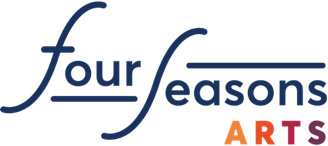
 Music in the Schools
Music in the Schools